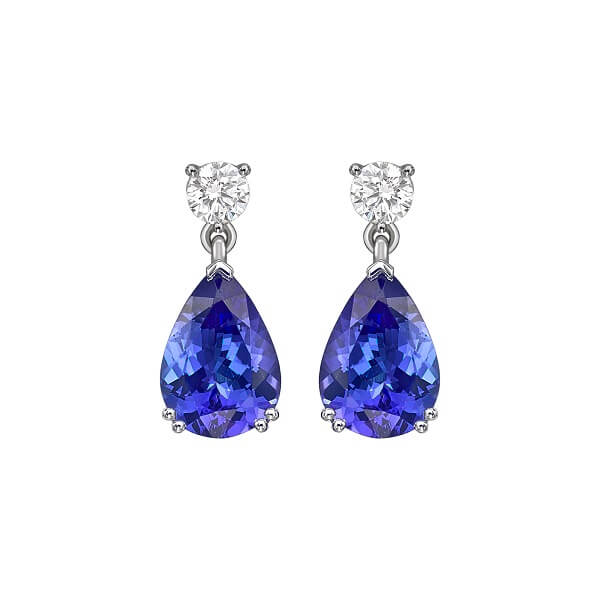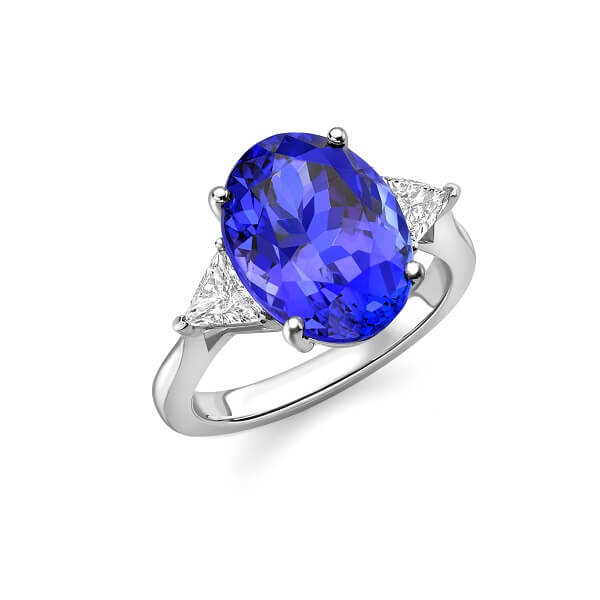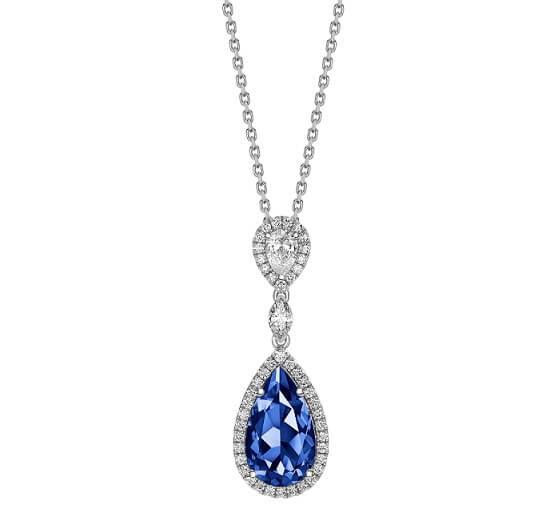The Truth about Tanzanite
Over the summer holidays, some of our customers will be travelling to far away places such as the Caribbean, South Africa, The Far East or one of many other exotic destinations. In many of these places there will be shops selling Tanzanite jewellery.
First discovered in 1967 in one specific location in Tanzania, this amazing gem has captured the hearts of many. The original crystals were picked up by Masai tribesmen in the Merelani Hills not far from Mount Kilimanjaro. Named after its country of origin, Tanzanite was given an unprecedented debut by Tiffany who were among the first to recognise the appeal of this desirable gem.

The deep vivid blue and purple tones which characterise Tanzanite are not seen in any other gem and look particularly good in the sunshine. They are reminiscent of the eye in the feathers of a peacock’s tail. It is, however, one of the softer gems and is not suited to engagement rings. With reasonable care, particularly in storage, it will bring many years of pleasure to the wearer. It should not be cleaned in an ultra-sonic bath and should be removed from its setting if repairs are carried out using heat.

The huge demand for Tanzanite worldwide is not only due to its opulent colour but also to its limited supply and the fact that it is unlike any other gemstone. The value of a gem is determined by its colour and the true ‘Tanzanite Blue’ is very rare. There is an abundance of the lighter shades which can be seen on the ‘shopping channels’ and in tourist targeted shops. You may be told that the mines are running out but in all honesty, it is impossible to say when they will dry up. However, it is certain that it will be a sad day for gem collectors and lovers of beautiful jewellery when it happens.
